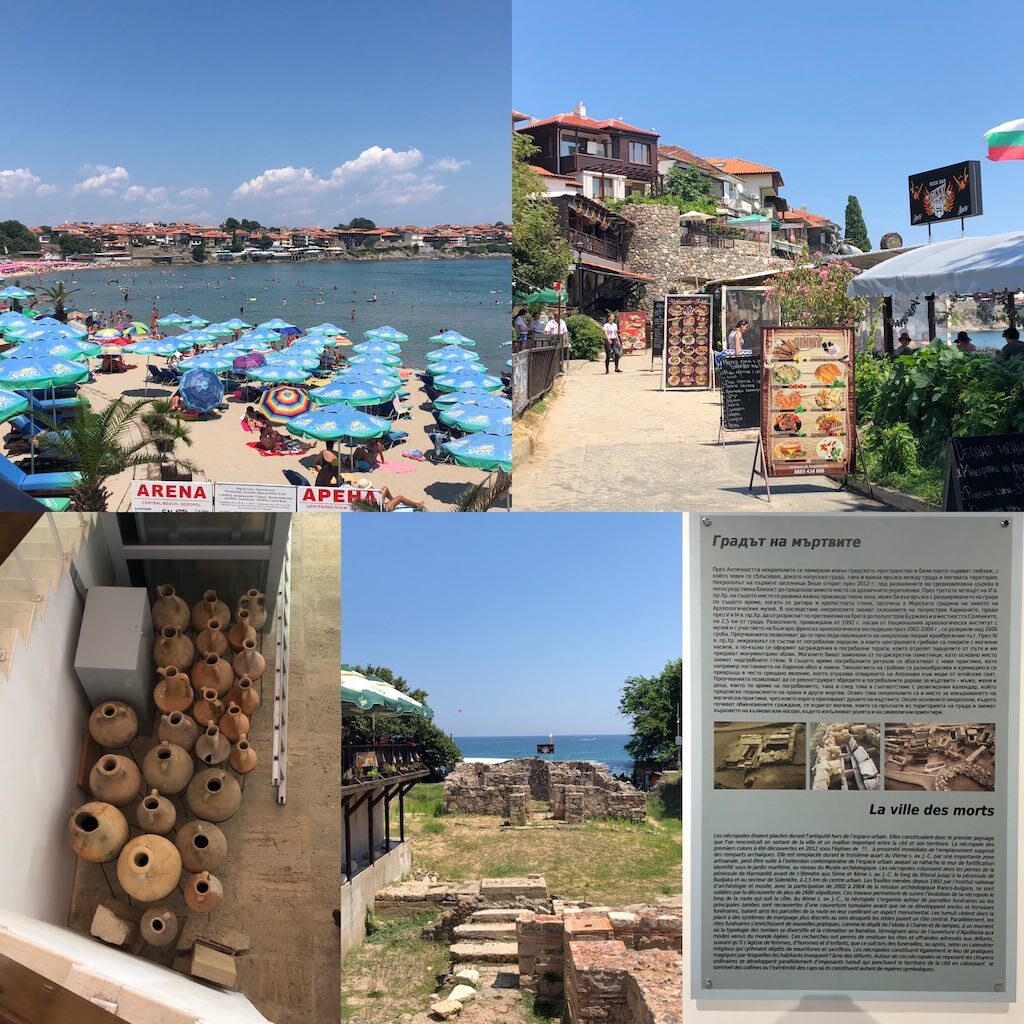Visit date: July 17, 2018, around noon.
We departed from Kazanlak, where we had stayed the night before, and headed for the Black Sea coast in the east of Bulgaria, although the schedule was a little forced. It was my first visit to the Black Sea. There are many cities along the Black Sea coast, but I chose two cities for this trip, and one of them is Sozopol, which I will introduce here. I’ve been to many places in Europe, but this was the first time for me to see the Black Sea.
I heard that Sozopol is quite popular as a resort along the Black Sea, and the town was crowded with many people as I arrived just in July and around noon.
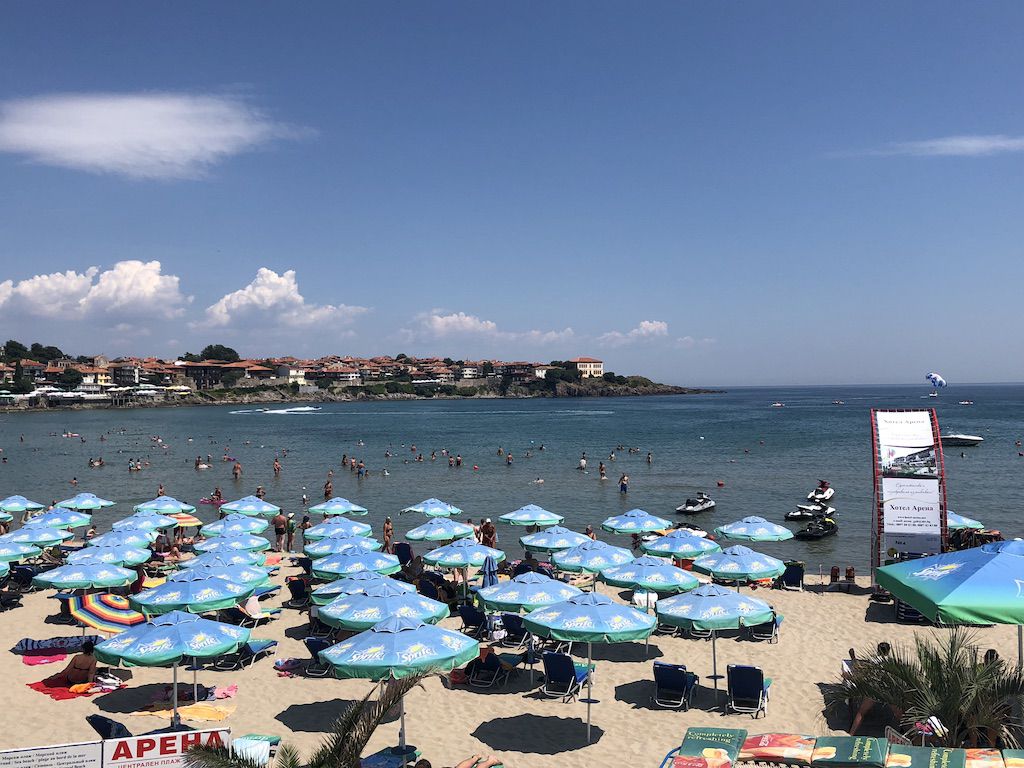
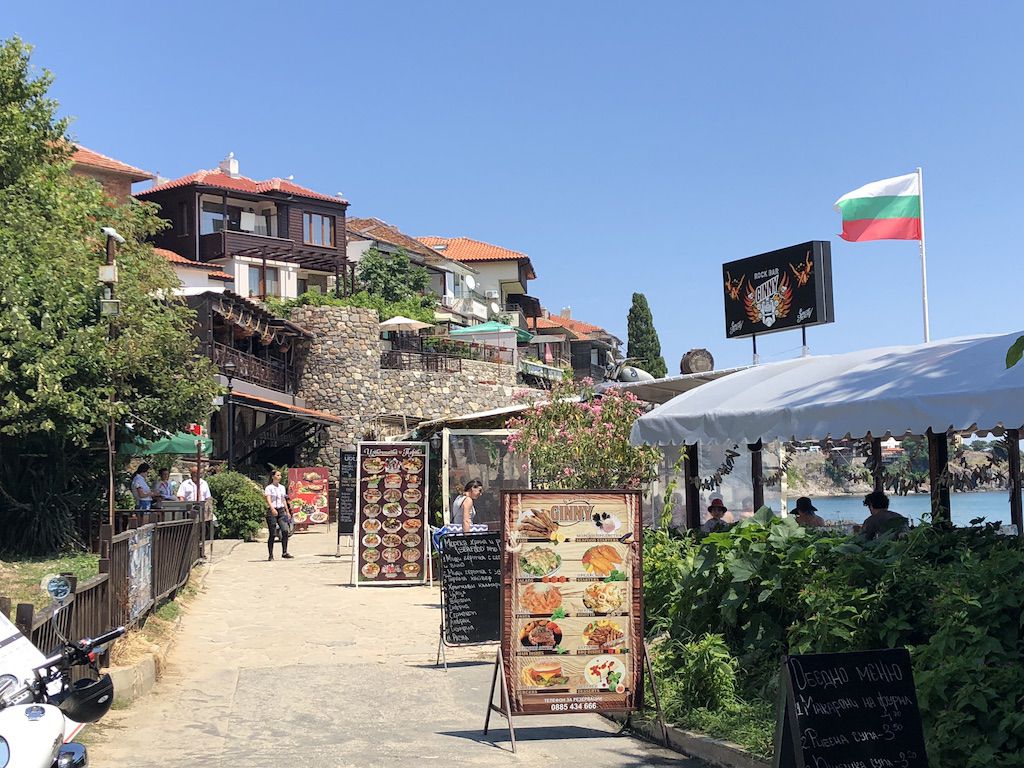
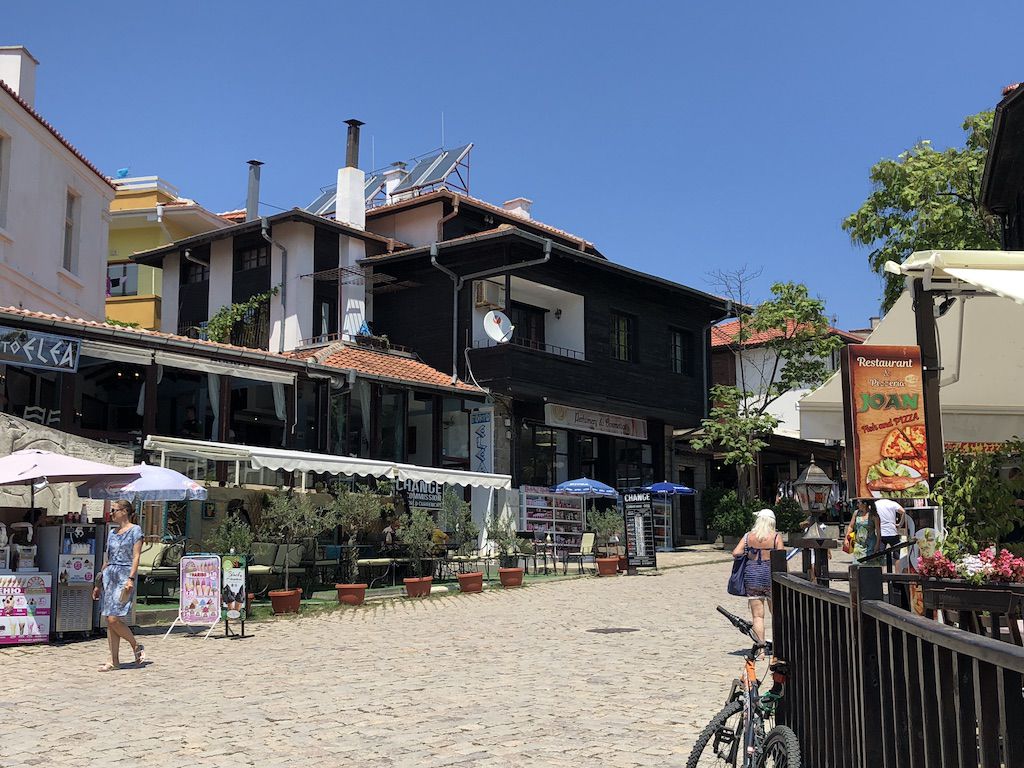
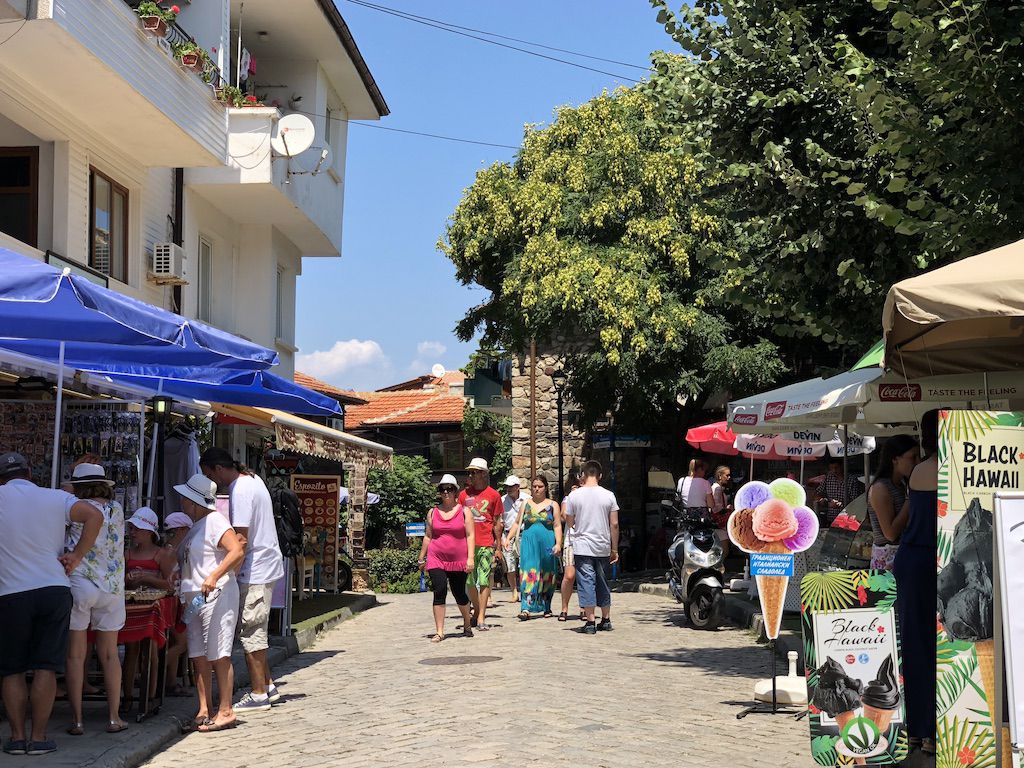
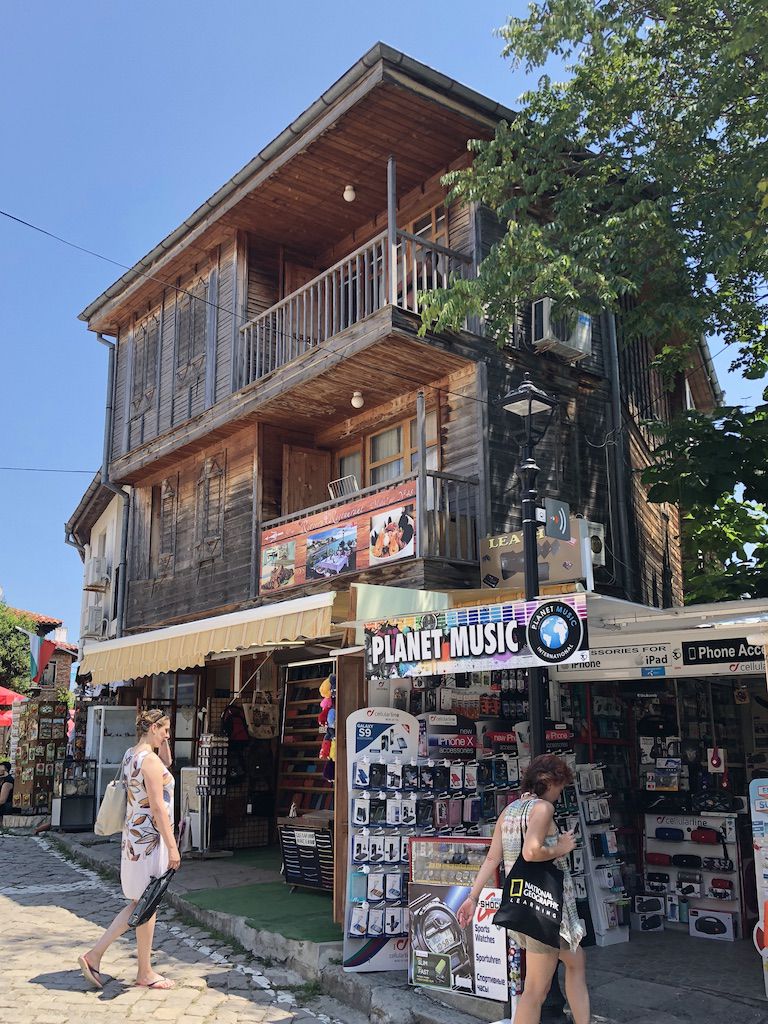
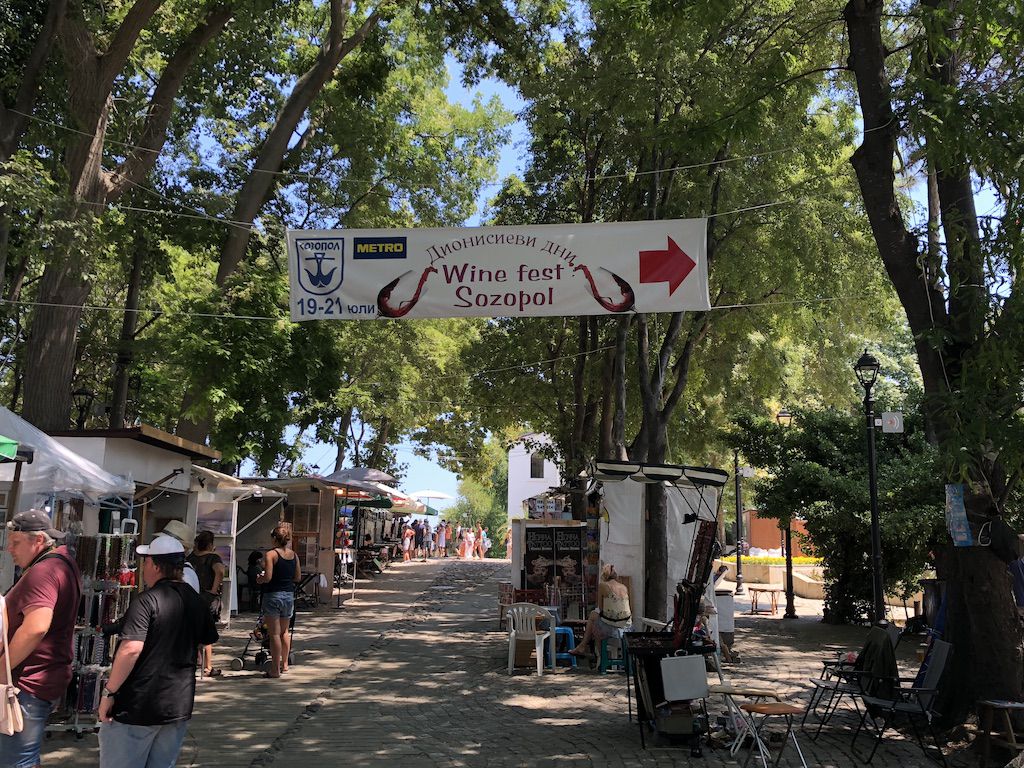
The Black Sea coast is a region with a very long history. People are said to have settled here as far back as the Bronze Age (3000 BC – 1300 BC), before the ancient Orient civilization. The Thracians, who are said to be the ancestors of the Bulgarians, lived in the area even before the Greeks colonized it. However, it was not until the Greek colonization of the area that urban civilization began to develop.
The city introduced here, “Sozopol”, located on the west coast of the Black Sea, is also a very old city with a history of nearly 3000 years. It used to be called Apollonia.
The following is the history of this city based on the panel information found in the museum of this city.
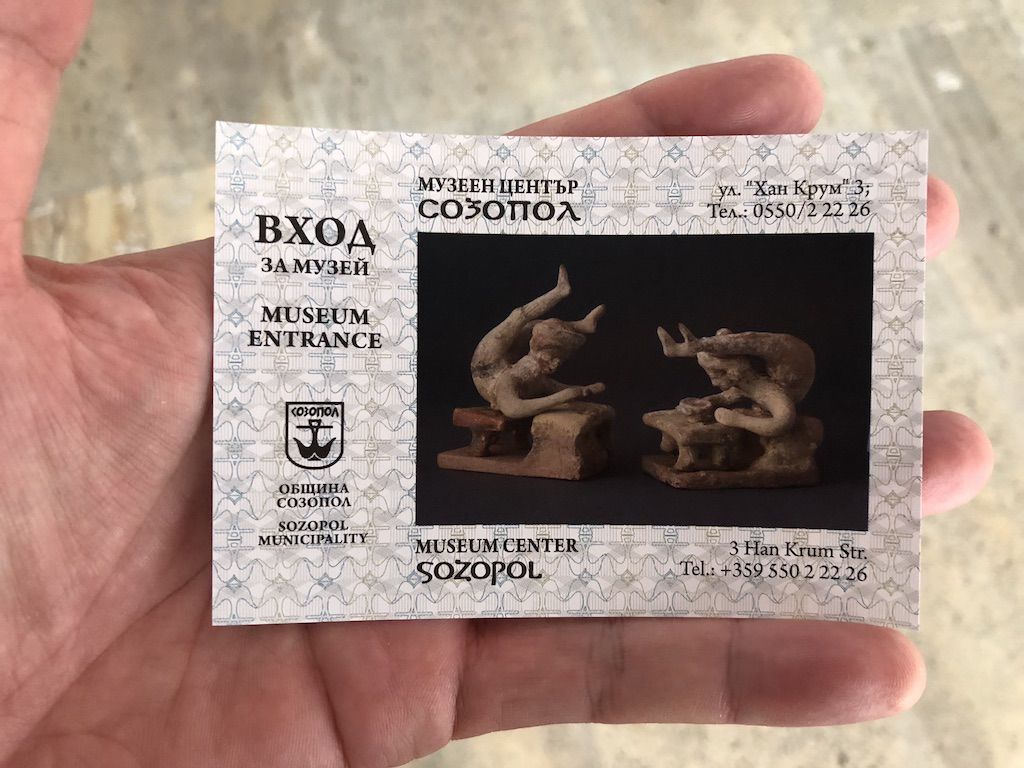
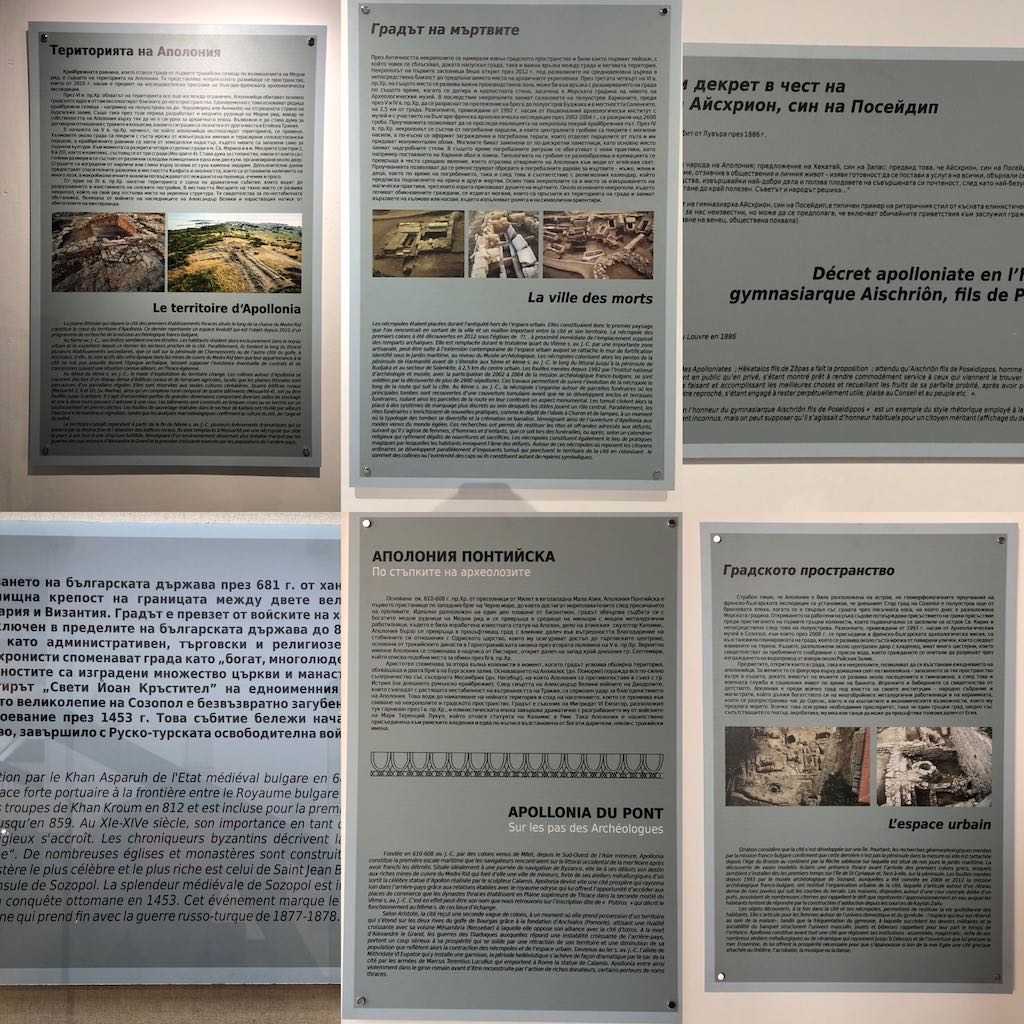
Apollonia was founded between 610 and 608 B.C. by immigrants from Mithras, a Greek colonial city located on the west coast of the Anatolian Peninsula, across the Aegean Sea from the Greek mainland. As a port town on the west coast of the Black Sea, trade flourished and the city flourished. In addition, the rich copper mines of Mednilid on the outskirts of the city contributed even more to the development of the city.
According to Aristotle, the second migration boom in Apollonia occurred after Apollonia established the colony of Anhiaros (now the Bulgarian city of Pomorie).
However, after the death of Alexander the Great, the prosperity of the city stopped and suffered a serious blow. After that, the city was ruled by the Kingdom of Pontus, but as a result of the three Mithridates Wars, Pontus was destroyed by the Roman army led by Pompeius, and from then on it was ruled by the Roman Empire.
The time has passed a little to the Middle Ages. During the time of the First Bulgarian Empire, founded by Asparuh, the city was an important border fortress of the Byzantine Empire.
After that, the city came under the rule of the Byzantine Empire and flourished as a city of religious importance, but in 1453 it was occupied by the Ottoman Empire, whose rule lasted until the end of the Russo-Turkish War in 1877-1878.
As you can see, the city has a very old history of nearly 3,000 years, and it is said that ruins and potteries are excavated one after another here and there. They are displayed in the museum of this town.
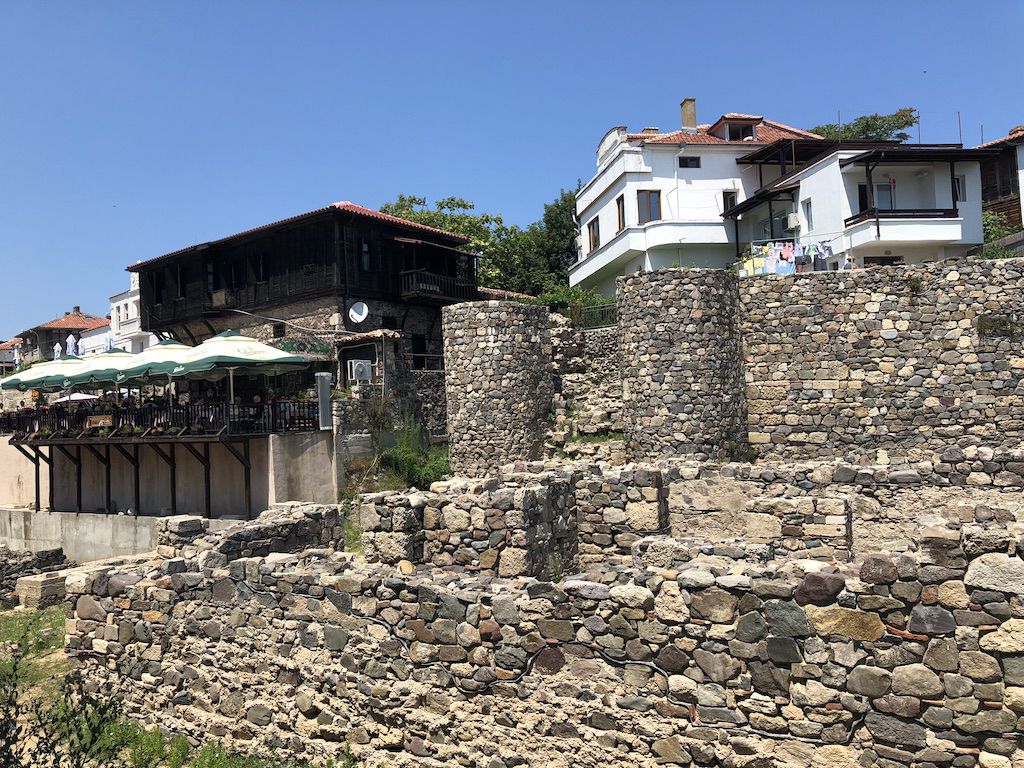
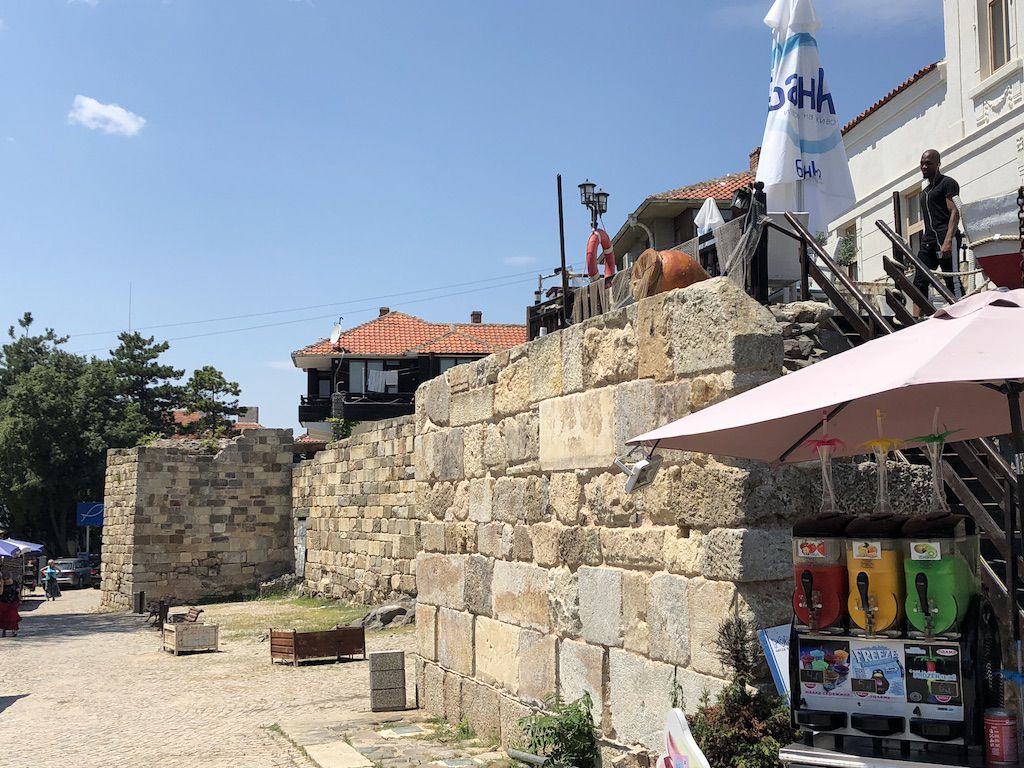
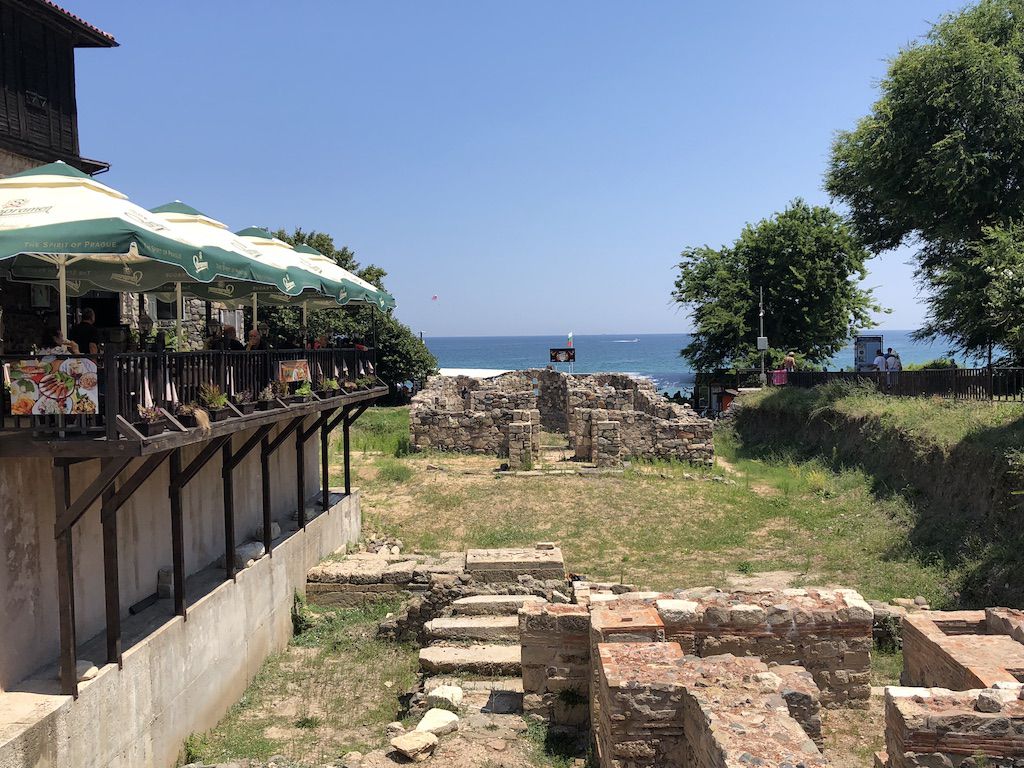
The museum itself is not so large, but I was impressed by the huge number of exhibits of excavated items, especially pots.
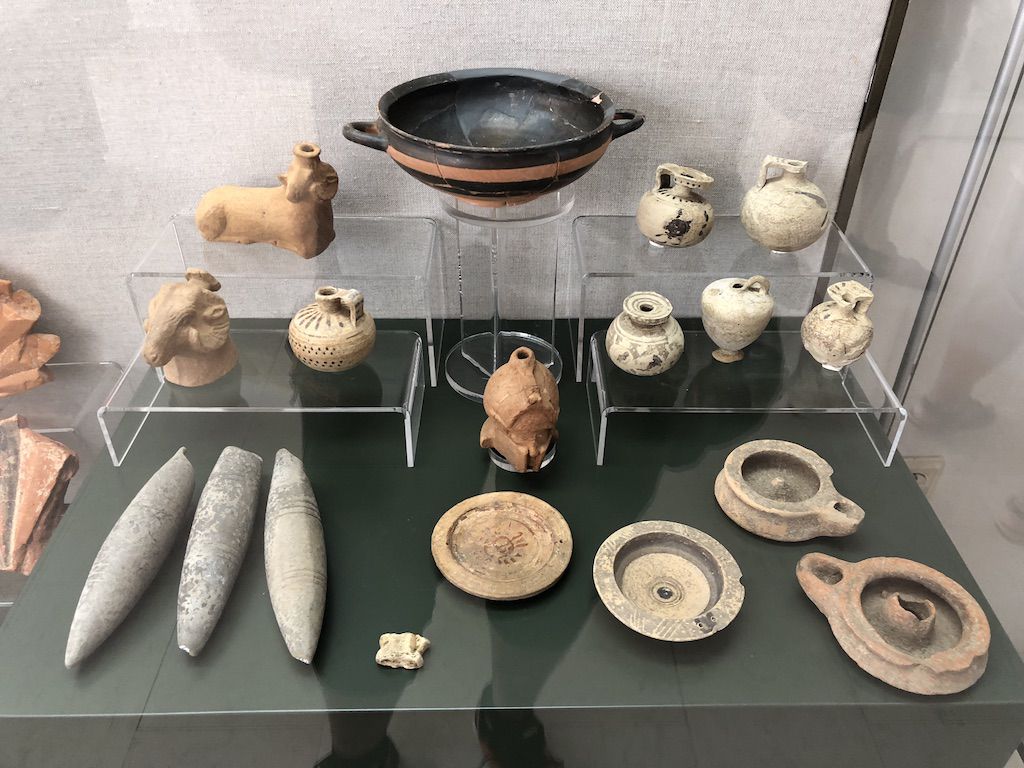
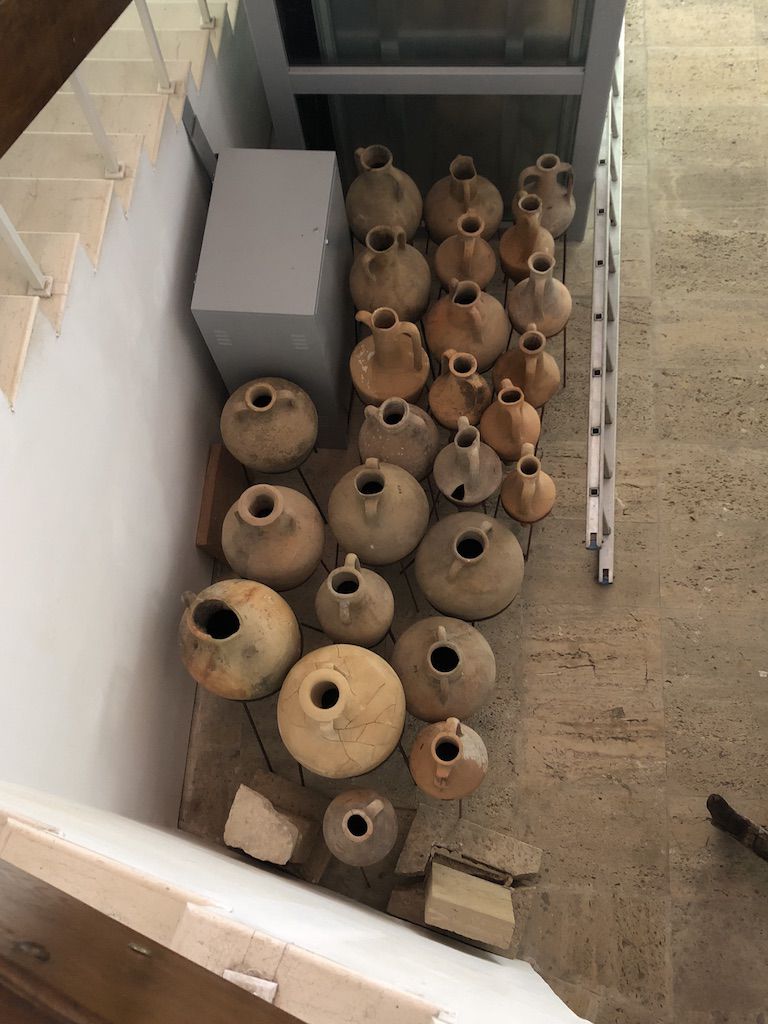
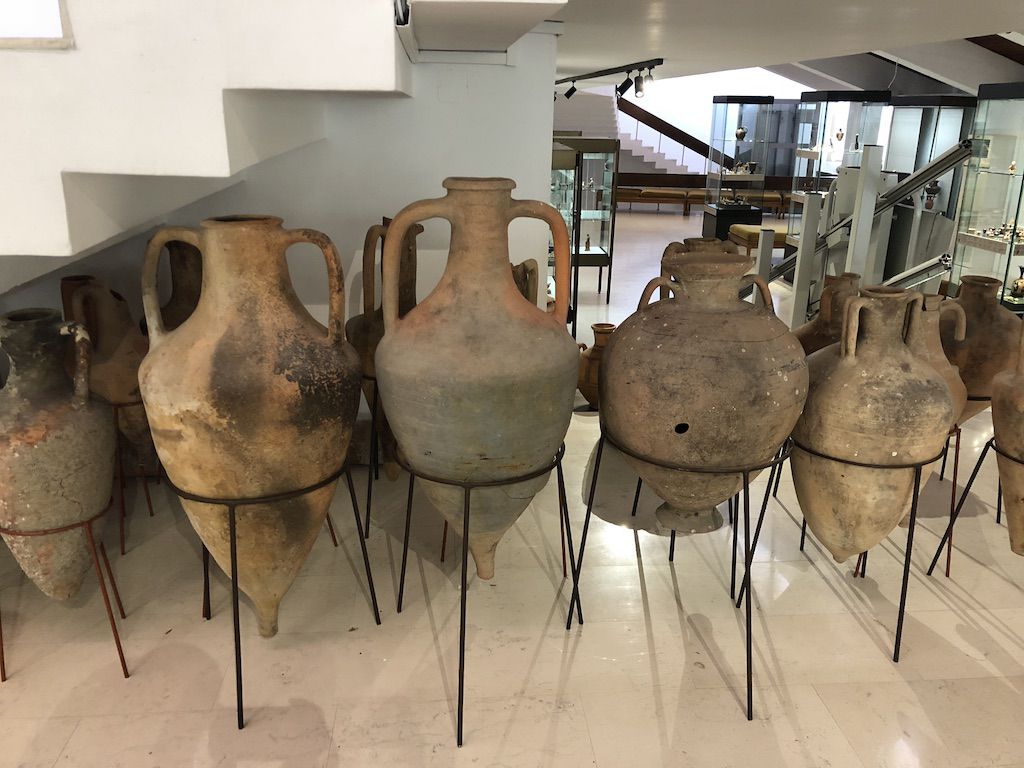
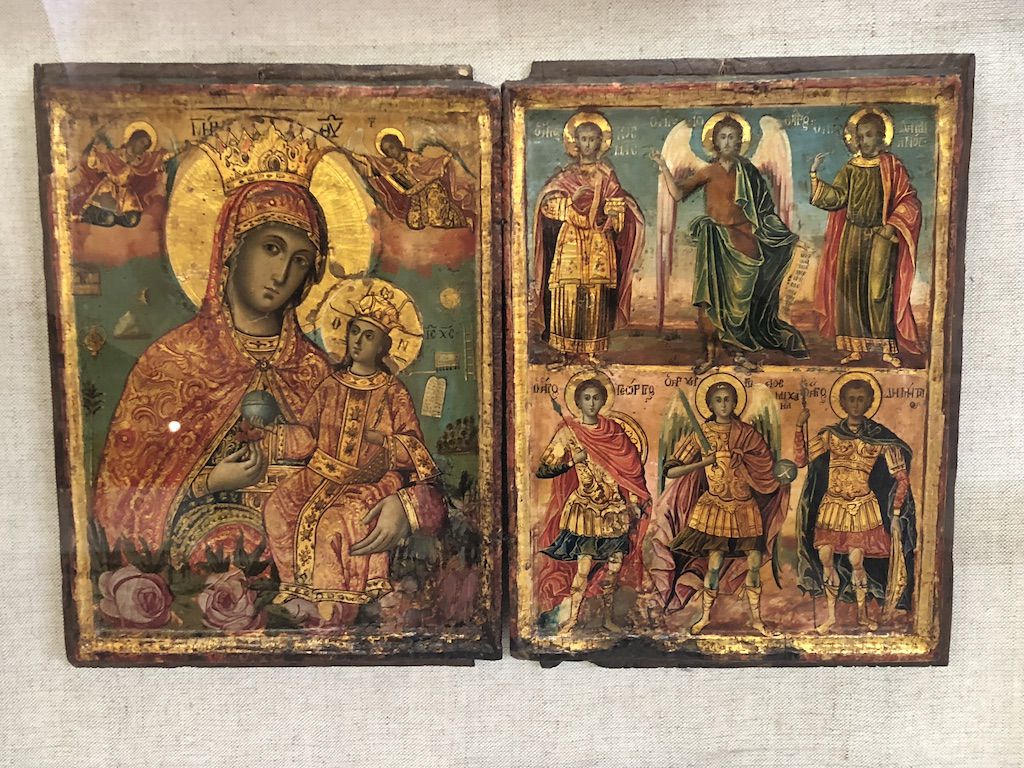
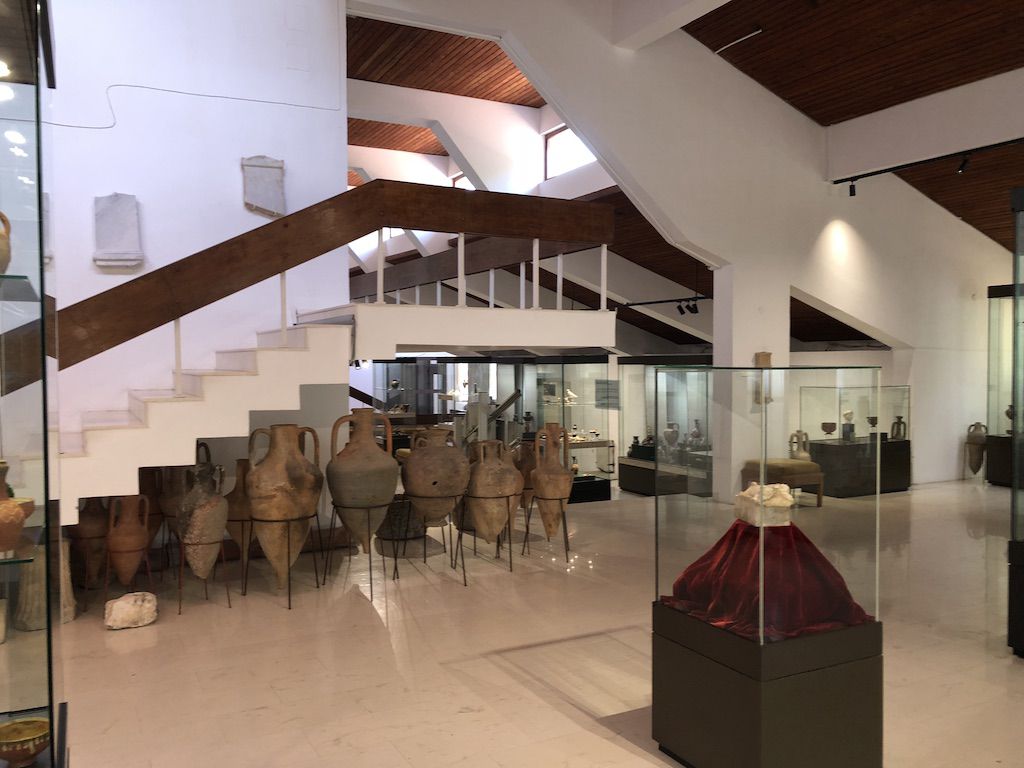
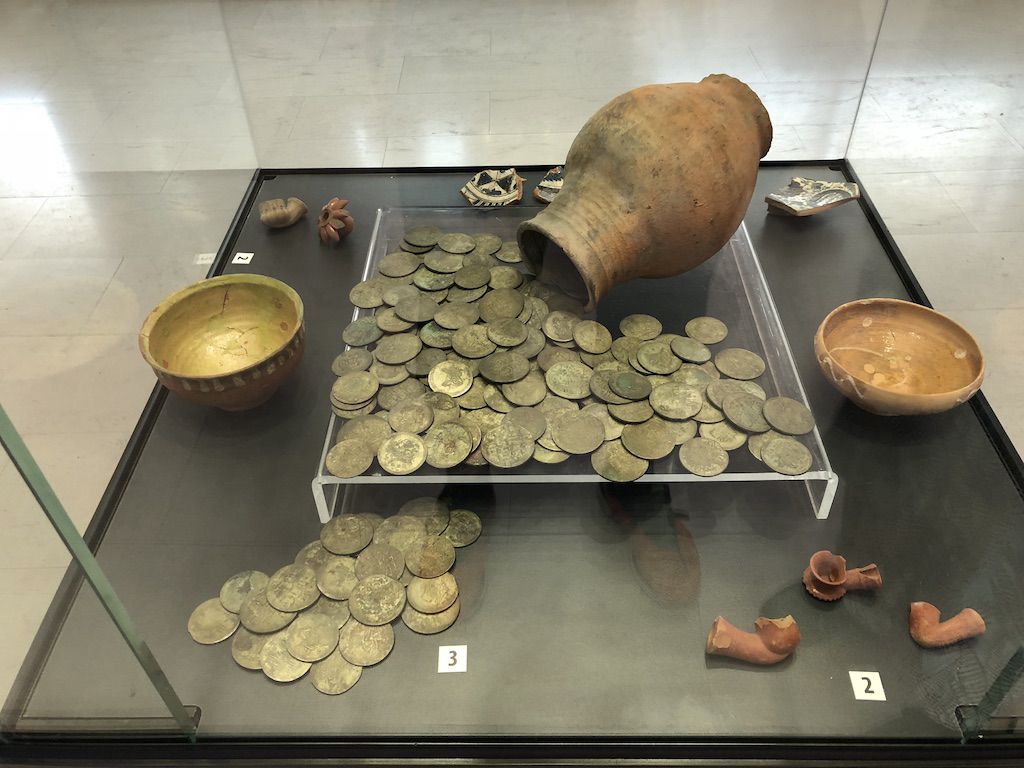
Incidentally, I found it very strange that the panels in the museum were only in Bulgarian and French, but it seems that the archaeological research in this area was done in cooperation between French and Bulgarian archaeologists.
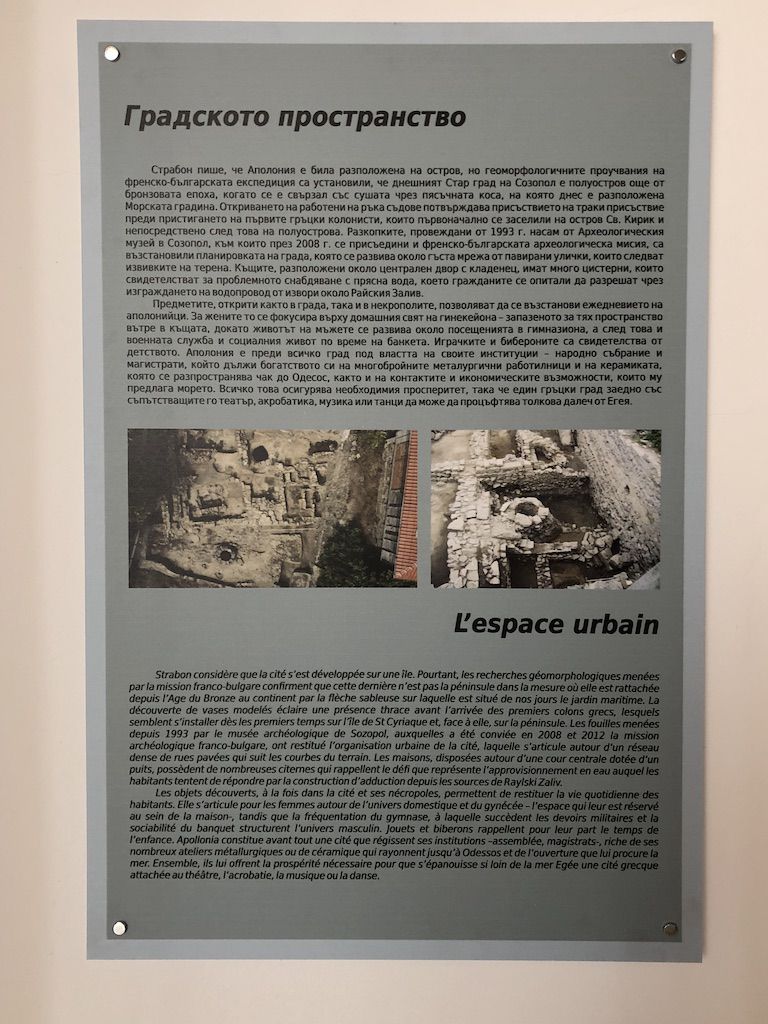
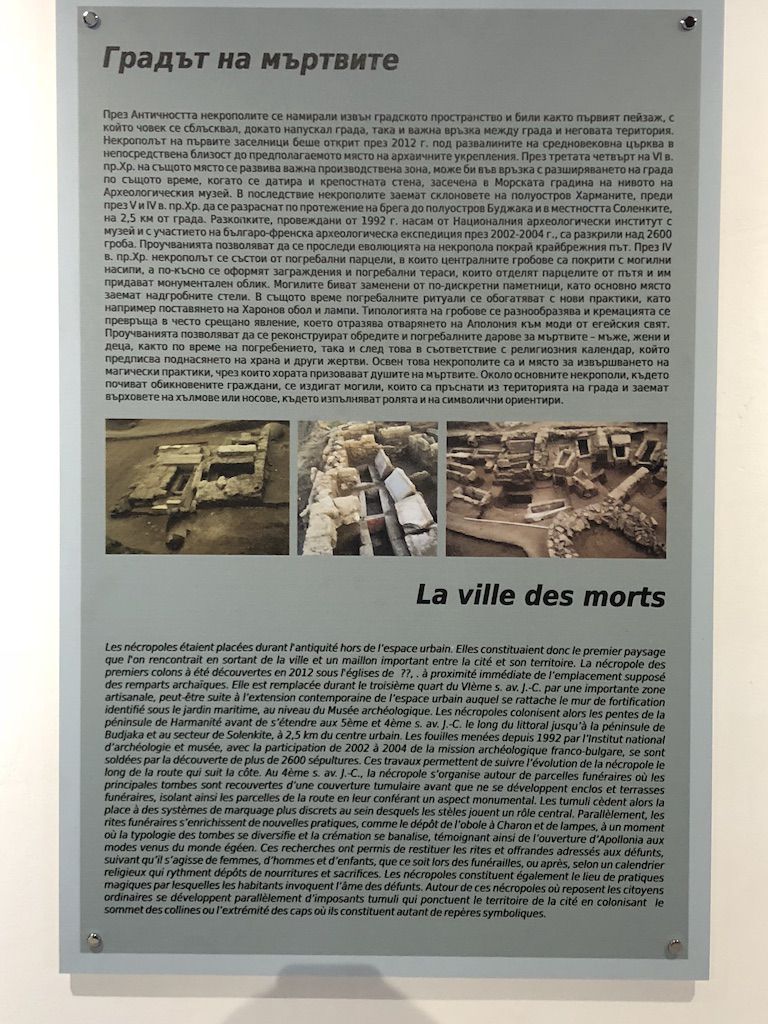
Although Sozopol has such a long history, it is now a very popular resort on the Black Sea coast. With the sea and the old town, it was crowded with many tourists.
We had a light lunch at a cafe by the sea.
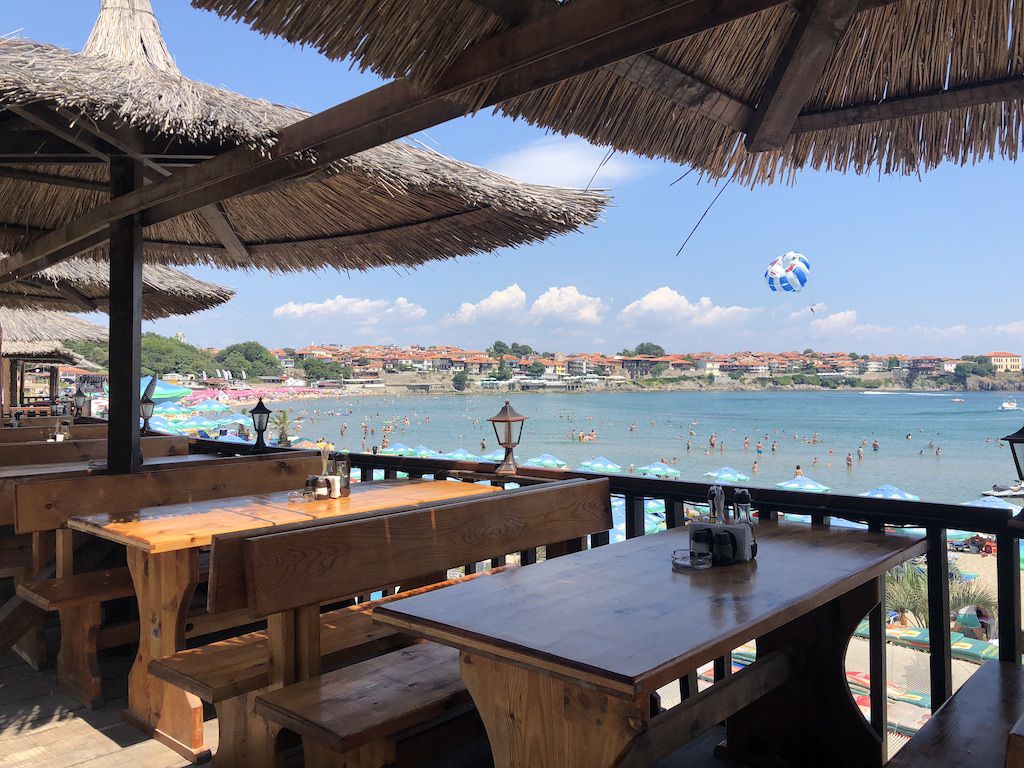
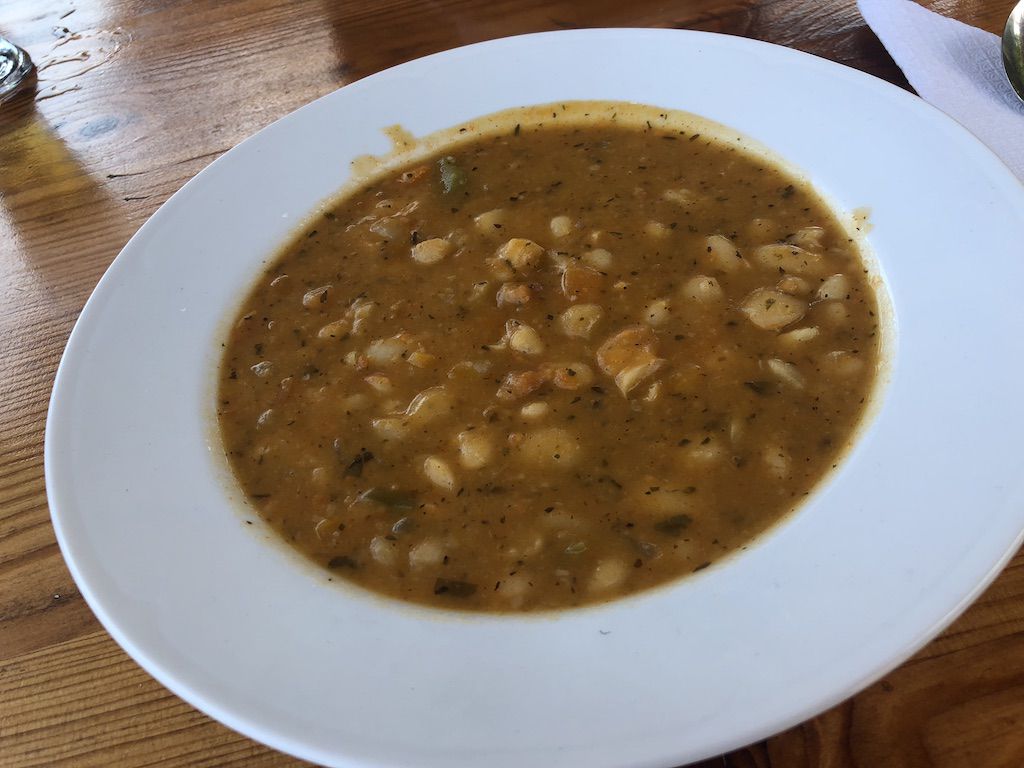
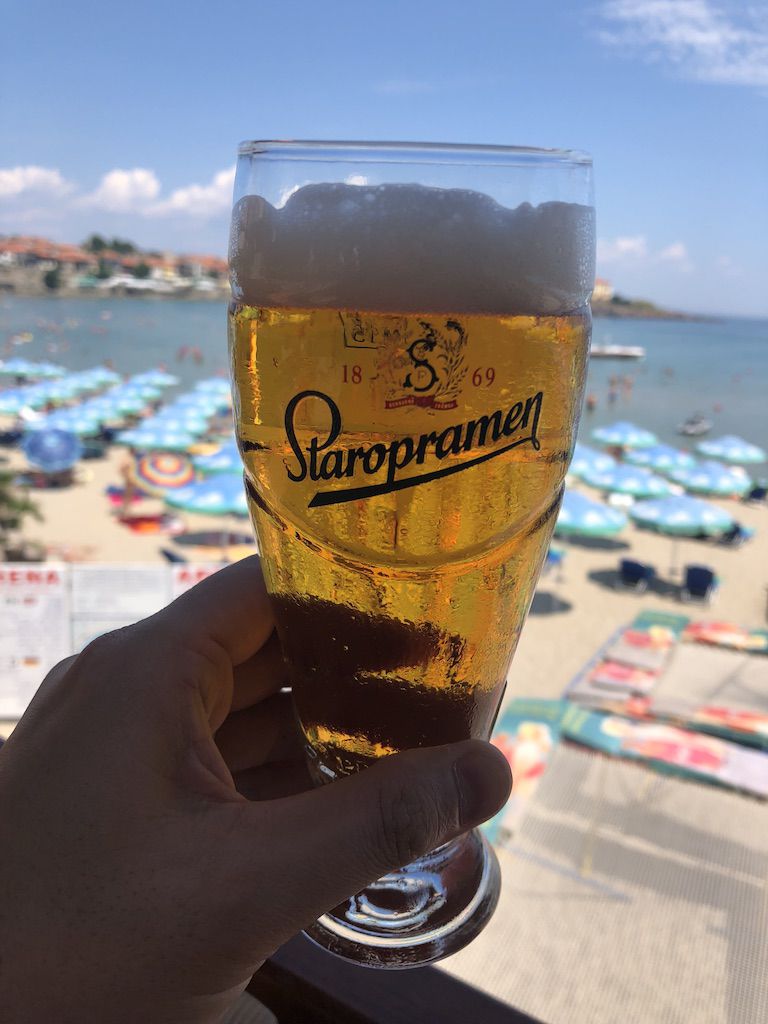
After that, after visiting the aforementioned museum, we took a little walk around the old town. To be honest, the old town was full of souvenir shops and restaurants and did not feel much charm. However, it was a very lively and fun city.
